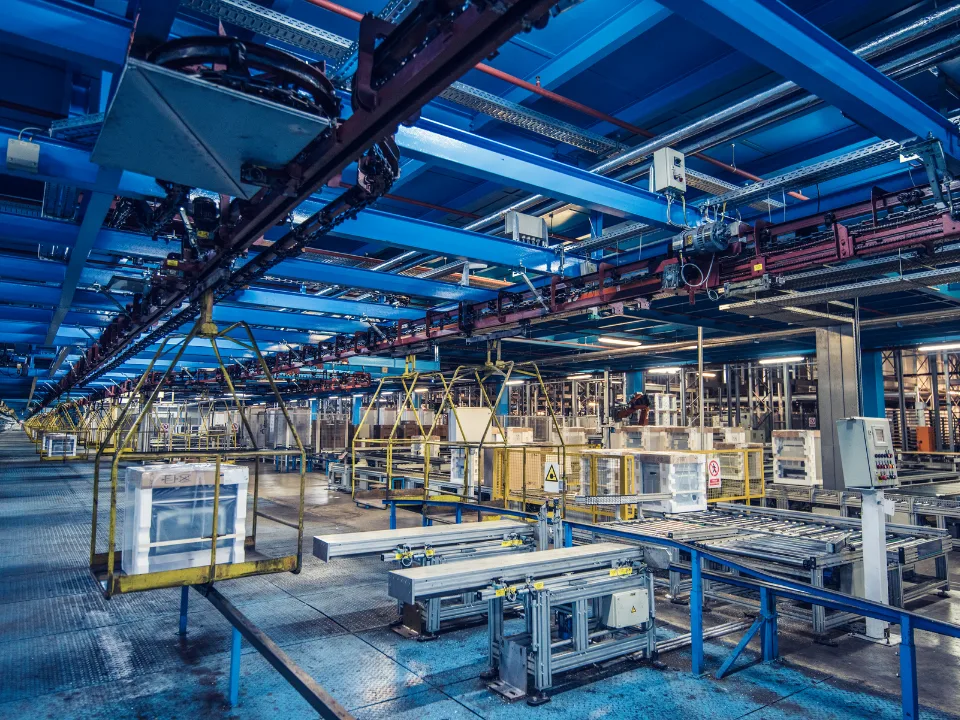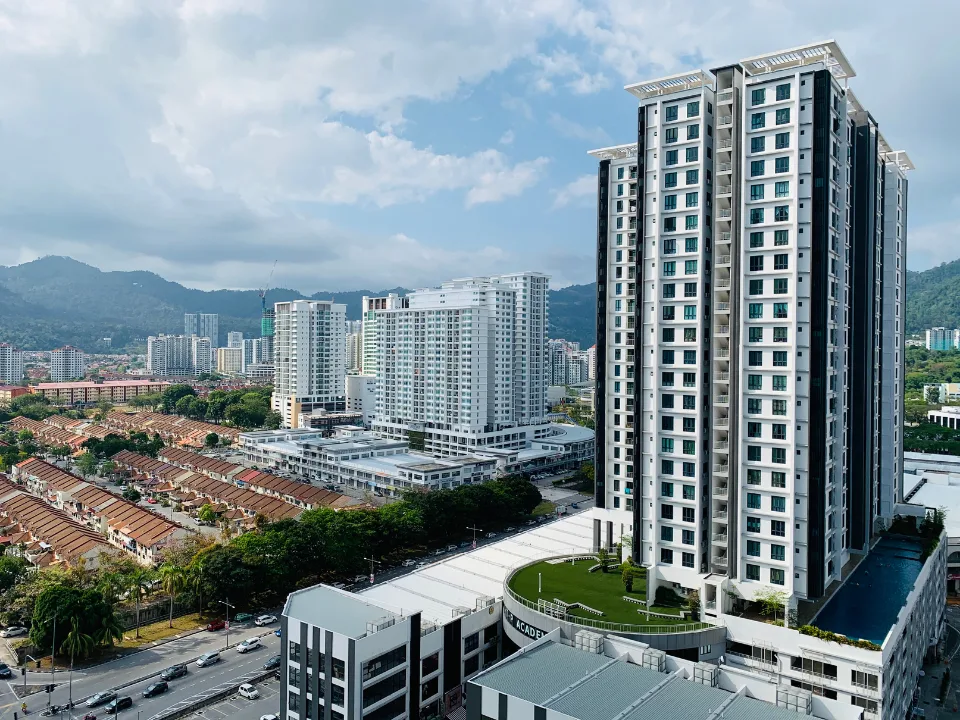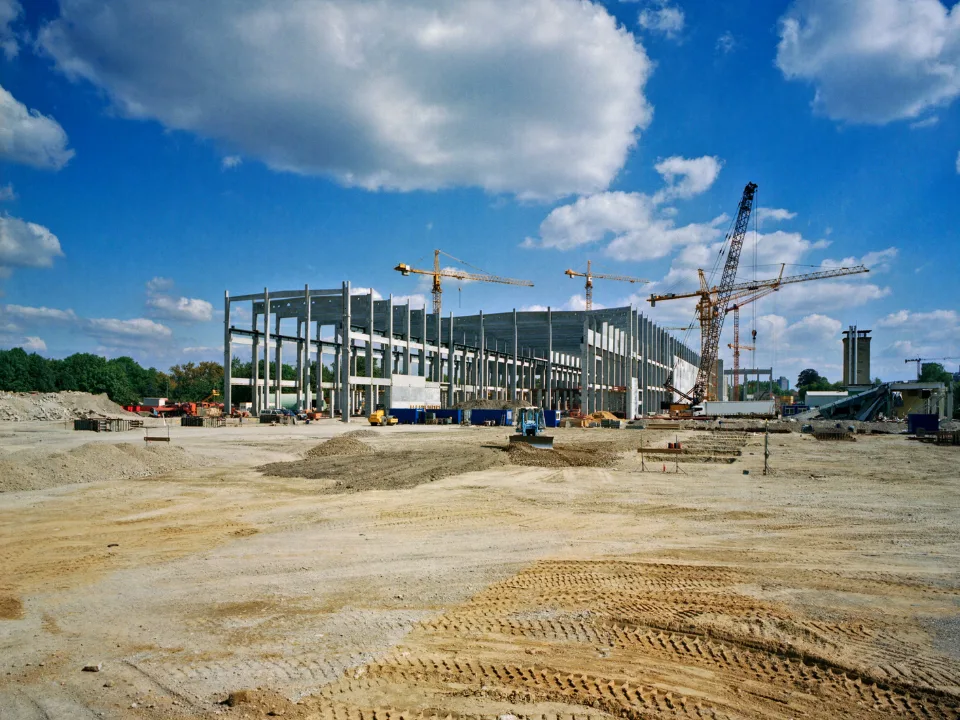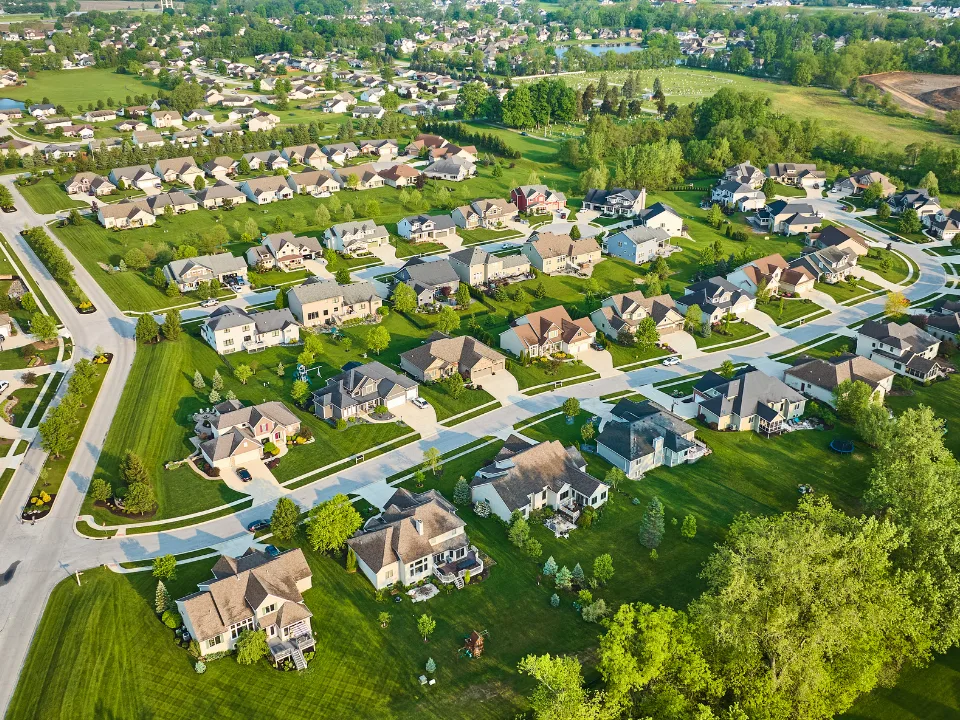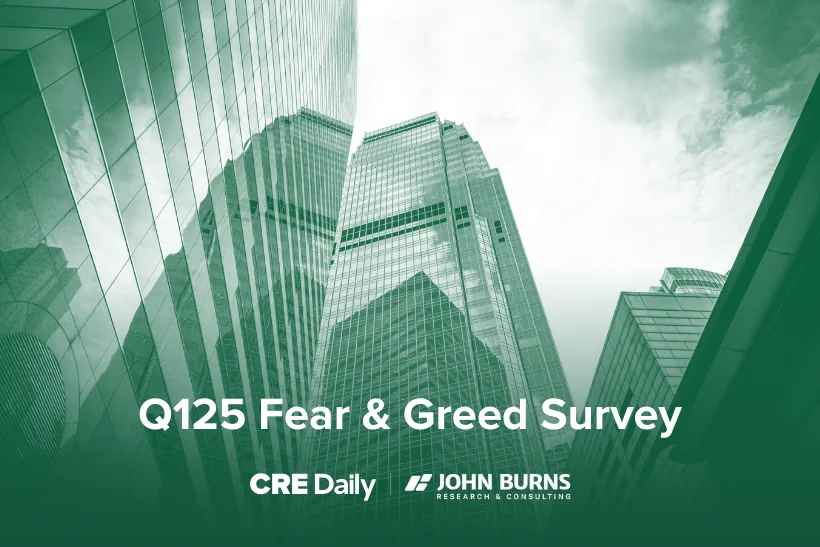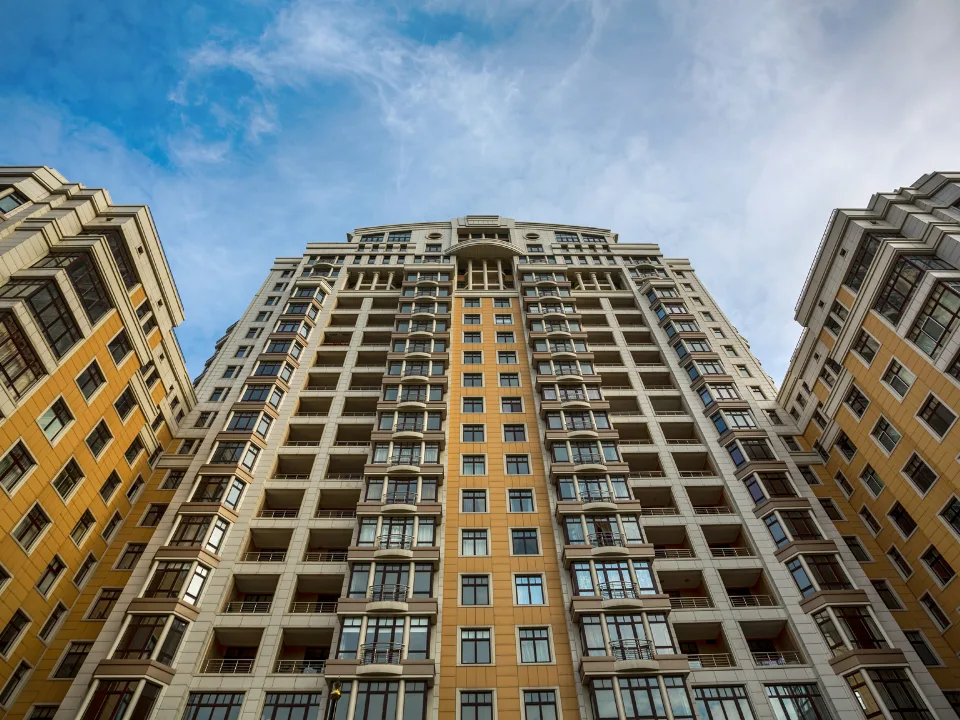- Industrial vacancy rose to 8.8% in April but is expected to stabilize as new construction slows.
- Leasing spreads narrowed, and rent growth softened, especially in Midwest markets.
- E-commerce sales stagnated in Q1, signaling weaker demand for industrial space.
- Data center growth is cooling as major tech firms pause leasing amid evolving AI needs.
Market At A Turning Point
After years of relentless development, US industrial real estate is entering a transitional phase, reports GlobeSt. National industrial vacancy rose to 8.8% in April—its highest point in recent memory—but analysts expect the rate to stabilize as new construction decelerates. According to CommercialEdge, just 1.7% of total industrial stock (352.9M SF) is currently under construction.
Leasing Spreads Compress
As industrial vacancy climbed and tenant demand cooled, rental premiums also narrowed. Newly signed leases now average $1.80 PSF above in-place rents, down sharply from $2.35 in April 2024. Still, some markets like Boston ($4.70) and Bridgeport ($5.90) continue to command wide spreads.
In-place rents reached $8.49 PSF in April, a 6.7% increase year-over-year. However, rent growth slowed sharply across the Midwest. Kansas City, Detroit, Indianapolis, and Memphis all recorded annual gains under 4.5%, as available land and rapid construction have kept competition high and vacancy elevated.
Get Smarter about what matters in CRE
Stay ahead of trends in commercial real estate with CRE Daily – the free newsletter delivering everything you need to start your day in just 5-minutes
Sluggish E-Commerce Weighs On Demand
While long-term fundamentals remain sound, e-commerce—a key driver for industrial leasing—showed signs of fatigue, contributing to rising industrial vacancy. Sales volume was flat in Q1 2025 versus the previous quarter, marking the weakest quarterly growth since 2021. Year-over-year, sales increased just 6.1%, the third-lowest mark in 15 years.
Texas Keeps Building
Despite the national pullback, Dallas-Fort Worth is an outlier. Thanks to robust population growth and increased demand from manufacturers nearshoring to Mexico, the market has more industrial space under construction than this time last year.
Data Centers May Follow Industrial’s Path
A parallel trend is emerging in the data center space, where rapid expansion to support AI workloads is starting to slow. Since 2023, over 51M SF of new space has broken ground, but signs of saturation are surfacing. Tech giants like AWS and Microsoft have temporarily paused leasing, while emerging competition—such as a lean AI model from China’s DeepSeek—is prompting some to reassess long-term infrastructure needs.
Looking Ahead
As developers grow more cautious and leasing spreads continue to narrow, the industrial sector is adjusting to a new phase marked by slower growth, rising industrial vacancy, more selective construction, and a careful reassessment of demand drivers like e-commerce and AI.
CommercialEdge anticipates a rightsizing trend, similar to what followed the pandemic-fueled logistics boom. The next year may be less about expansion and more about finding the right balance between supply, industrial vacancy, and operational scale.
